Tags
abecedarium, Bay Park Press, Clarendon, cosmic, Department of Physics and Astronomy, digital imaging, ephemera, Fabriano Rosapina Blanco, flexagon, galactic, J. Willard Marriott Library, Jim Goode, Jim Machecek, letterpress, monogramming, photopolymer plates, Printing Shoppe, Rare Books Classroom, Rare Books Department, Rives BFK, San Diego, Sibyl Rubottom, sidereal, solar eclipse, Somerset Book, stars, The University of Utah, universe, Vandercook Universal I, Venus, wood type, zinc intaglio plate
“Adore the sun, rising with all his rays, receiving the obeisance of gods and demons, the shining maker of light.”
— The Ramayana
The Cosmic Sidereal Galactic Abecedarium of the Universe & Other Tangential Ephemera
Sibyl Rubottom and Jim Machacek
San Diego: Bay Park Press, 2001
N7433.4 R73 C67 2001
From the colophon: “This ABC book of the universe was created from March to November 2001. During this period Jim’s mother Agnes died and took her place among the stars, Sibyl’s husband Al had successful open-heart surgery, and then the Sept. 11 tragedy occurred. Throughout it all the stars remained our constant as we created visuals with photopolymer plates, wood type, monogramming, digital imaging, and a zinc intaglio plate for the cover. Text was printed on a Vandercook Universal I letterpress in various fonts of Venus and Clarendon type. The flexagon was offset printed at the Printing Shoppe with thanks to Peter & Darryl. Thanks also to Jim Goode for his computer genius and Rhiannon for typesetting help. A galaxy of thank-yous for Jerry and Al for computer assistance, editing & their cosmic patience during our sidereal voyage. The Abecedarium was printed at Bay Park Press on Somerset Book, Fabriano Rosapina Blanco and Rives BFK papers. This is copy Q of 26.”
The sun, the moon, the stars!
Please join The Rare Books Department for a hands-on display of stars from our collections, representing more than one thousand years of cosmological gazing. This open house is in conjunction with a solar eclipse gathering hosted by the J. Willard Marriott Library and The University of Utah’s Department of Physics and Astronomy.
Rare Books Department
Monday, August 21, 10AM to 1PM
Rare Books Classroom, Level 4
J. Willard Marriott Library, The University of Utah

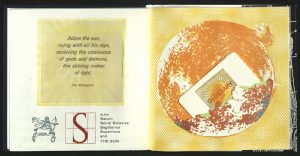
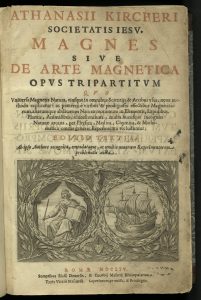
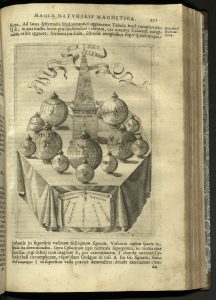
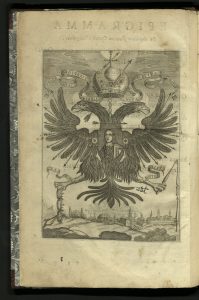
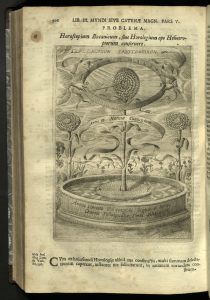
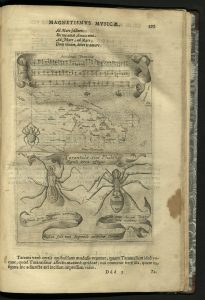
You must be logged in to post a comment.